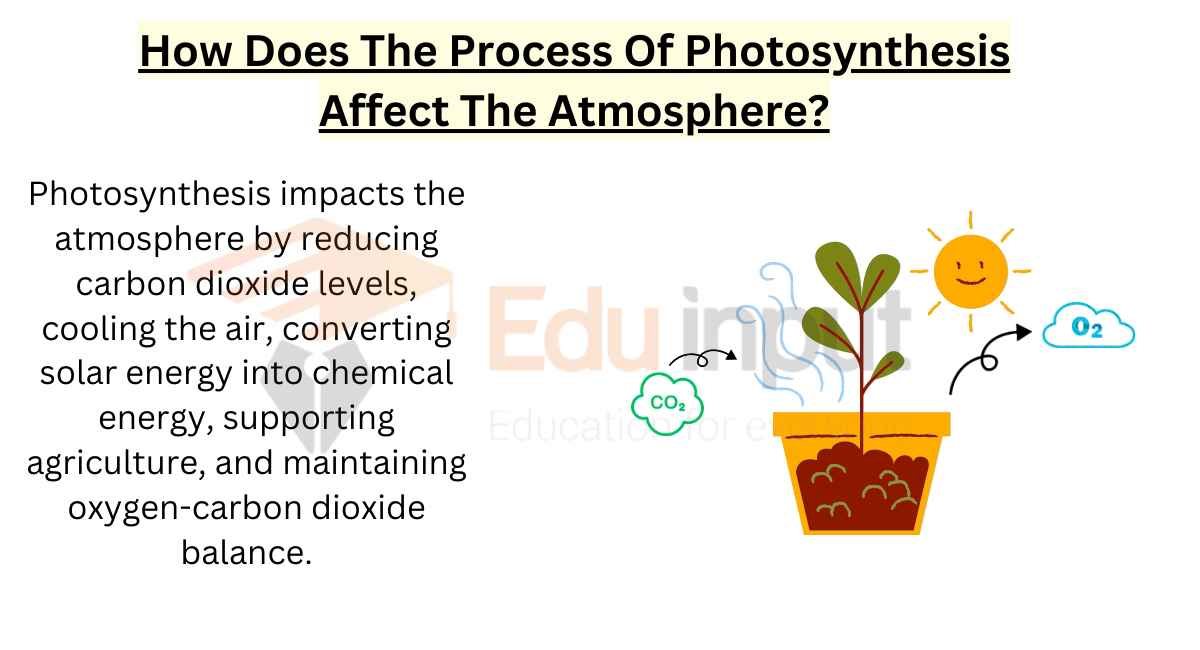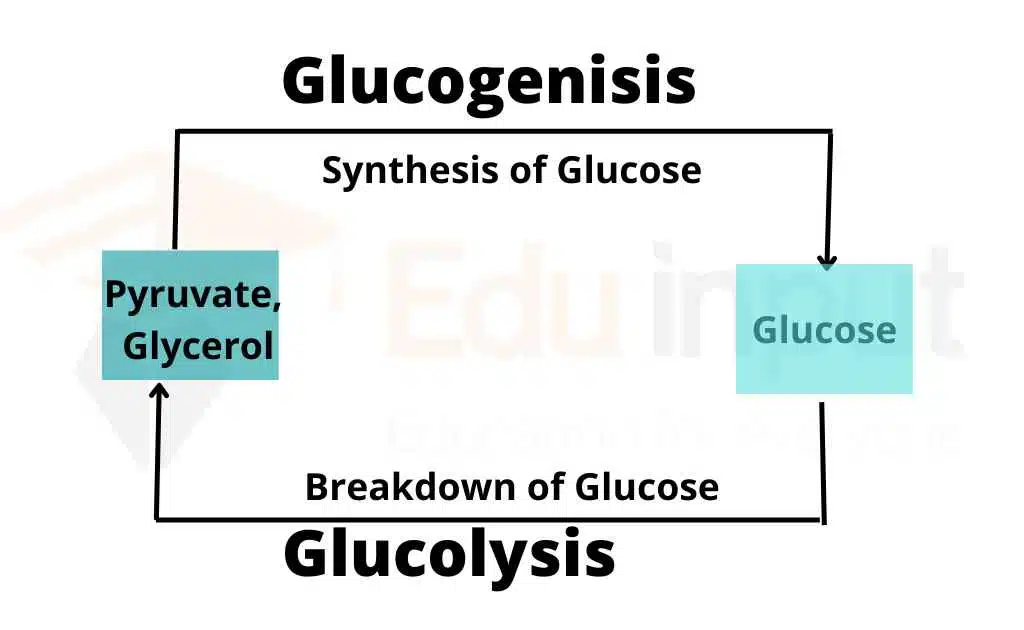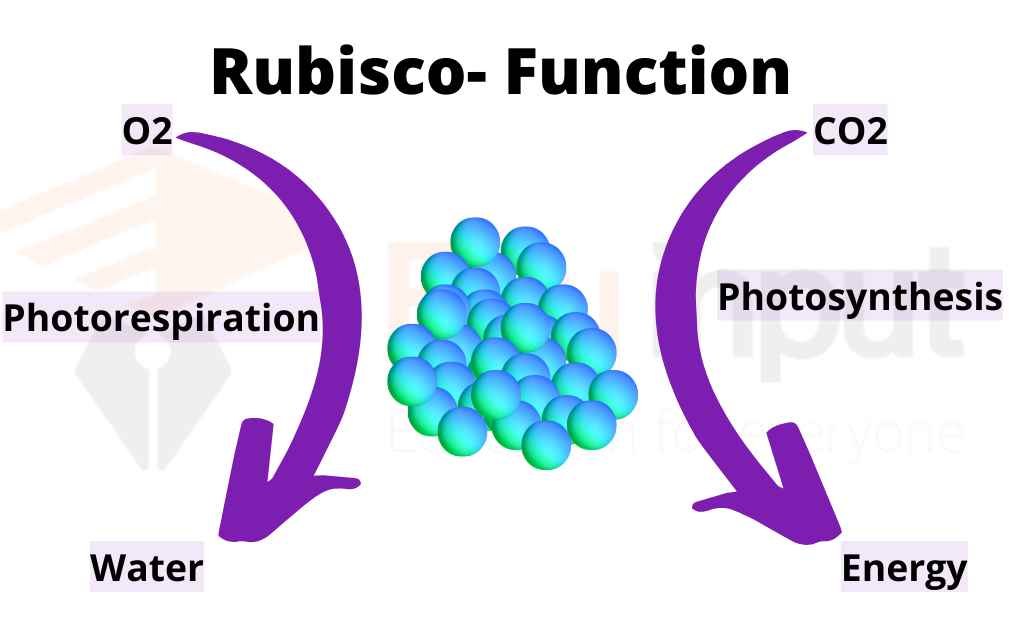Light Independent Reactions | Calvin Cycle
Calvin cycle is a cycle through which plants fix carbon into sugars. Dark reaction is also called carbon-fixing reaction. They do not need light energy to proceed. Plants generate energy during photosynthesis.
The sugar molecule is produced by using carbon dioxide and water molecules. The dark reaction occurs in the stroma of the chloroplast. It contains enzymes that can fix carbon by working with ATP and NADPH.
Photosynthesis is divided into two phases
- Light-dependent reactions
- Dark or light-independent reaction
Carbon fixation and reduction phase
Carbon fixation is a biosynthetic pathway and the first step of a dark reaction is carbon fixation. Carbon dioxide is fixed from its inorganic form to metabolically active organic form during the Calvin cycle, CO2 is converted into sugars where energy is stored in glucose bonds.
These compounds are then used to store energy and as structures for other biomolecules.
Who discovered the path of the Calvin cycle?
The detail of the path of the carbon fixation was discovered by Melvin Calvin and his colleagues at the University of California. Calvin was awarded the noble prize in 1961.
This reaction needs assimilatory power in form of ATP and NADPH. So carbon fixation uses ATP and ATP which were produced by the light reactions. This energy is stored in the compounds later used to form carbohydrates.
Phases of the Calvin cycle
The Calvin cycle is divided into 3 phases;
- Carbon fixation
- Reduction
- Regeneration of CO2 acceptor
Phase 1- Carbon fixation
In this phase
- 3 molecules of CO2 are incorporated into the organic material.
- That incorporated molecule of CO2 reacts with ribulose bisphosphate. (RuBP is highly reactive phosphorylated five-carbon sugars. The reaction is then catalyzed by an enzyme called ribulose bisphosphate carboxylase, commonly called Rubisco. Rubisco is the most abundant protein in the chloroplast. (it is perhaps the most abundant protein on the earth)
- As the Rubisco enzyme acts on RuBP, a highly unstable 6-carbon compound is formed. Due to their instability, they immediately break into two 3-carbon compounds called 3-phosphoglycerate (also known as phosphoglyceric acid PGA).
- Carbon which earlier was part of CO2 is not part of that 3-carbon compound PGA. It means carbon has been fixed now.
- The product of this whole step is a 3-carbon compound. That’s why it is also known as the C3 pathway.
Phase 2- Reduction
Here are the steps involved in the reduction
- ATP molecule is used during this step, and it donates a phosphate molecule to PGA. By receiving an additional phosphate it forms 1,3 bisphosphoglycerate.
- It’s time to use that energy stored in NADPH during the light reaction. Thus NADPH donates its electrons to 1,3 bisphosphoglycerate. It reduces the 1,3 bisphosphoglycerate to form glyceraldehyde 3- phosphate (G3P).
How G3P is formed?
This G3P sugar is also formed during the splitting of glucose molecules during glycolysis. So this way carbon is fixed and then reduced to the energy-rich compound G3P. G3P is the carbohydrate produced during the Calvin cycle.
Phase 3-Regeneration of CO2 acceptor (RuBP)
- One molecule of G3P is used in making glucose. The remaining 5 molecules of G3P are rearranged through a complex series of reactions. They form 5 carbon compound ribulose phosphate RuP.
- Rup is phosphorylated and becomes ribulose bisphosphate RuBP.

What is RuBP?
RuBP is a CO2 acceptor, the same compound with which the cycle started. More molecules of ATP are used for the phosphorylation of three RuP molecules. These RuBP are now prepared to receive more CO2 again. In this way, the cycle continues.
What is glyceraldehyde 3- phosphate?
G3P is the carbohydrate produced during the Calvin cycle at the end of the cycle 6 G3P are formed. One G3P contains 3 carbons, so a total of 18 carbons is fixed.
Only one molecule of G3P leaves the cycle. That molecule leaving the cycle is used to make glucose, sucrose, starch, or other carbohydrates. The other five molecules of G3P are recycled to generate the three molecules of five carbons RuBP which is a CO2 acceptor.
Therefore, only one molecule of G3P can be counted as a net gain of carbohydrates.
Calvin Cycle Quiz
Test your knowledge of the Calvin Cycle by attempting our 22-mark quiz. However, If you do not know this topic or want to revise it, read our detailed guide on the Calvin Cycle.
Let us start our quiz on the Calvin Cycle with answers.
Frequently Asked Questions-FAQs
What is Calvin Cycle?
Calvin Cycle is a phase of photosynthesis, by which plants fix carbon to produce sugars. It involves the following steps;
Carbon fixation
Reduction
Regeneration of CO2 acceptor
What are the 3 stages of Calvin cycle?
Calvin Cycle constitutes the following stages;
Carbon fixation
Reduction
Regeneration of CO2 acceptor
What does Calvin Cycle produce?
The end product of the Calvin Cycle is glucose. Plants use ATP, and NADPH produced during the light reaction to fix carbon, and then produce Glucose from it.
Where does the light dependent reaction occur?
The light-dependent reaction of photosynthesis occurs within the thylakoids of the chloroplast.







Leave a Reply